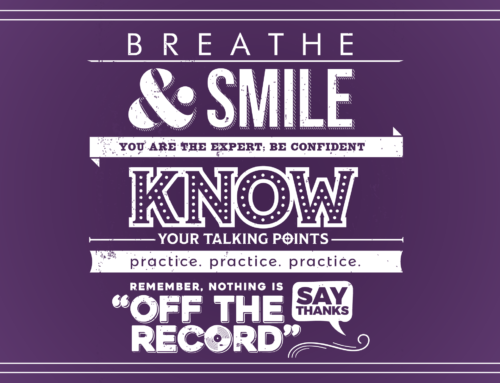Data analysis offers a world of possibilities, but it can be intimidating. Companies like Facebook and Google use phone location data to determine how busy restaurants are at certain times of the week, and target advertisements at you based on the reading level of your comments on social media sites. Data analysis is clearly a powerful marketing tool, but does it require a team of computer scientists to do something meaningful with it? The answer is no. There are effective ways to use a little data magic yourself with only a relatively small amount of training or experience. Here are three potential data analysis projects to test out:
1. Check if a new strategy is working:
The easiest way to use data in marketing is to check the outcome of an experiment. If a company has recently changed strategies, opened a new market or launched a new campaign, comparing sales, hits, or customer interactions from before and after the change provides an easy way to view its impact.
But that’s only the most basic approach to this type of data research. Comparing sales numbers at two different times ignores other factors that can cause these numbers to change. Differences in season, or external events such as sports games or extreme weather, can all have an impact on these numbers. Correlation does not equal causation.
For example, over the last twenty years, viewership of cat pictures has increased dramatically. At the same time, incidence of identity theft has increased dramatically. But looking at cat pictures does not cause identity theft, these increases are simply correlated due to a common factor, the invention of the internet!
That’s why it’s important to account for long-term trends. If sales were 100 in 2009, 200 in 2010, and then in 2011 you start a new campaign and sales increase to 300, did your new plan have an impact, or were sales just tracking upward? Accounting for these factors can greatly improve the accuracy of data-based conclusions.
2. Learn about how your customers respond to your marketing:
If you have metrics from a website, or mass email campaign, the data from these platforms can be used to gain insight into the minds of your customers.
With an abundance of metrics available to us, it can be overwhelming to know to which numbers we should pay attention. The low hanging fruit includes: From which websites are you securing visitor traffic? How long to they stay? These are important questions to answer, but just as interesting is, what times of day do customers visit the site? If your site is often visited in the morning, could you leverage the fact that potential customers see your site before others? Maybe you launched a new campaign for your site and hits have increased, but the bounce rate has gone up as well. That could signal that you aren’t effectively communicating with the audience that your new ad is attracting. Good data about who visits your website, when they do it, and how they get there can help you understand who your customers are, and how to energize and engage them.
3. Divide and conquer
Advertisements aren’t just viewed by one person, if all goes well, they are viewed by hundreds, thousands, maybe millions. The more you can split up your viewer-base into categories, the better you will be able to tailor advertisements to the people who see them. Data analysis techniques, like regression analysis, can help determine which groups of users respond to similar ads.
Regression analysis is a commonly used statistical tool that discovers relationships in data and determines how likely it is that these relationships did not arise by chance. Any statistical program, such as R, Stata, or even Excel, can perform regressions. Once you’ve discovered trends in your data, you can use these trends to segment your audience for maximum impact. For example, let’s say you discover that people whose addresses are in Wisconsin seem to respond better to advertisements that include home improvement supplies. You can then create a mass email campaign for that audience emphasizing that department, while emphasizing a different department in a location where it will be more relevant to that audience. Give the people what they want! Not what other people want.
Using these tactics can help your company work smarter and have greater returns for your investments. If you need help tuning up your analytics, contact Kate Koziol at 312 494 0422 for some additional best practice advice.





